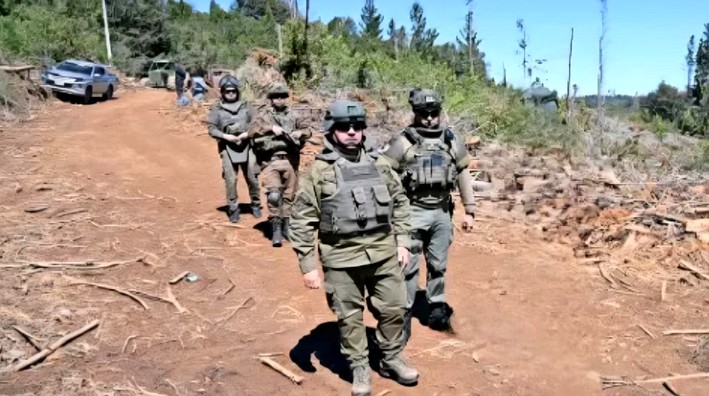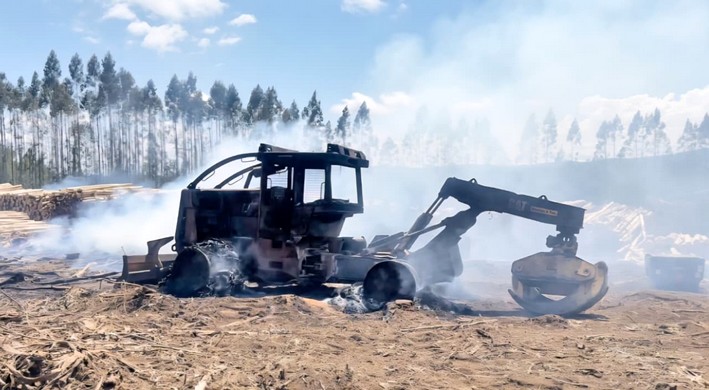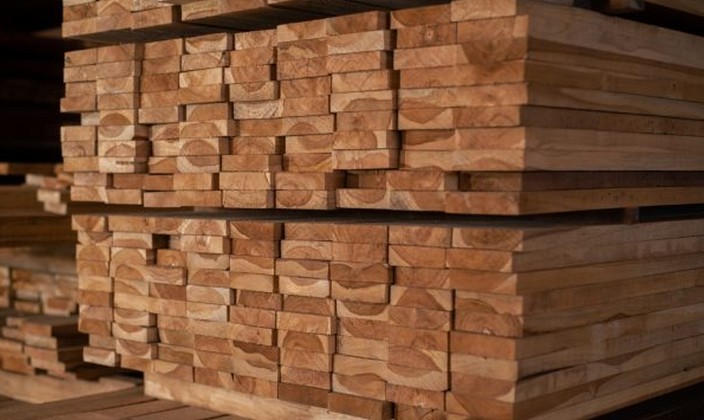Local Development and a New Perspective on the Forestry Sector
Some time ago, while speaking with an authority from the province of Arauco, they mentioned that to create an investment and development plan for that province, a survey was conducted among its inhabitants. They were asked, in their opinion, which economic sectors should form the foundation for growth and where efforts should be focused to generate development in the territory, as well as well-being and better living conditions for them. Three sectors concentrated their preferences: tourism, fishing, and agriculture-livestock.
The province of Arauco has 55% of its land covered with planted forests, and it is surprising that the inhabitants of this province do not see these forests—which surround them and with which they have coexisted for at least 50 years—as a contribution to their development.
The analysis of these results leads us straight to the heart of the problem the forestry sector faces today: there is a disconnect between the sector and the local community, as foresters, for a long time, were either unable or unwilling to work with them. And the truth is, this condition applies to all regions with planted forests—rural communities do not see the current growth and success of the forestry sector reflected in progress or improvements in their living conditions. In other words, there is a lack of identity and sense of ownership toward a resource that is right beside them, yet they do not see it, as it provides them no benefits.
Starting in 1998, with the arrival of international certifications promoting responsible management of natural and planted forests through a mixed approach encompassing social, environmental, and economic aspects, a shift began toward a more harmonious, closer, participatory, and inclusive relationship with local stakeholders. Today, it is inconceivable to carry out forestry operations or travel through rural roads without nearby communities being informed about how long the activity will last and any changes that may occur during the operation.
Local development of the territory—that is, with the territory and from it—and the management of natural and planted forestsare the key aspects on which the change must be founded and strengthened for the forestry sector to advance toward a new forestry model. This forest ecosystem must include all participants: workers, forestry contractors, forest owners, indigenous and rural communities, major companies, universities, and municipalities. And, of course, the state, through its institutions, must be available to create a legal forestry framework that incorporates the necessary elements to promote and expand the country's forest resources.
This effort must be collective, as the country has important goals to meet, such as restoring, reforesting, and afforesting nearly 2.5 million hectares and achieving carbon neutrality by 2050.
Additionally and indirectly, we hope this new perspective can help eradicate the problems of rural violence, timber theft, and intentional forest fires that our sector has suffered for 26 years.
It's time to "put on the boots" and get to work.
We forestry contractors are ready.

















